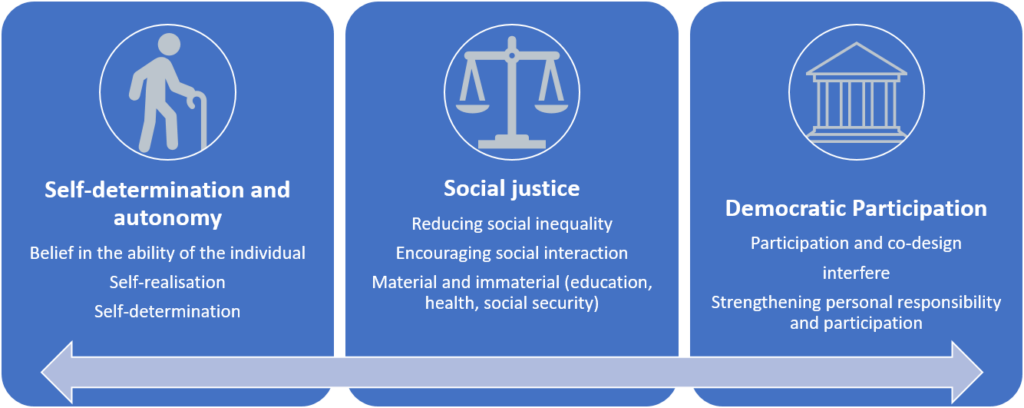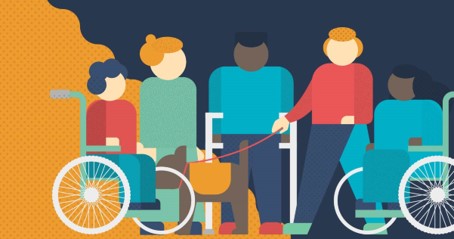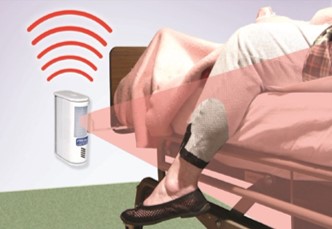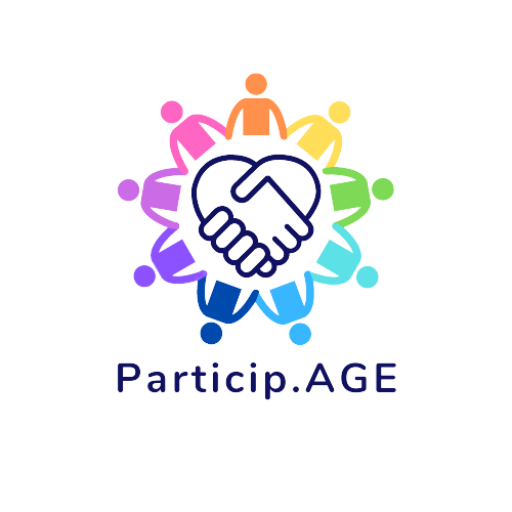Learnin Objectives
Understand how to provide support that promotes independence, allowing ageing individuals to actively participate in social activities and community life.

Historical development
In recent decades, attitudes have evolved from caring for people with disabilities who are perceived as “ill” to enabling people with disabilities who are recognised as equal to others to lead a self-determined life and participate in society.

Characterised by the impetus of the UN Convention on the Rights of Persons with Disabilities, standards for shaping equal opportunities in life have developed and with them a new scale of assessment for social interaction (Wansing, Windisch 2017).
At the same time, the conceptual work was also radically changed on the professional side.
Concepts of supporting independence
Below are some of the key approaches and theories that deal with supporting the independence of people with disabilities:
1.Empowerment approach
2.Person-centred approach
3.Self Determination Theory
Empowerment as professional support for autonomy
The term “empowerment” means self-enablement and strengthening one’s own power, autonomy and self-determination.
Empowerment describes encouraging processes of self-empowerment in which people in situations of deprivation, disadvantage or social marginalisation take their affairs into their own hands, become aware of their abilities, develop their strengths and learn to use their individual and collective resources to lead a self-determined life.

The pillars of empowerment
The empowerment concept is based on the following fundamental ethical convictions:

Empowerment- Basics
Empowerment considers personal, social, and structrual aspects:
1.Personal aspects: Relationship skills, self-acceptance, coping strategies
2.Social aspects: Emotional support, cognitive support, social contacts, social identity
3.Structural aspects: Capital (salary, assets, home ownership, etc.); cultural capital (education, knowledge, skills, etc.) symbolic capital (value system)
Assignment
Thinking about the different aspects of Empowerment, how can staff promote each aspect of empowerment with services users?
1.Personal aspects: e.g. How can staff promote relationship skills?
2.Social aspects: e.g. How can staff promote social contacts?
3.Structural aspects: e.g. How can staff promote cultural capital (education, knowledge, skills, etc.)?
The person-centred approach
Everyone strives for development and fulfilment and wants to maintain this.
Carl Rogers was convinced that every life carries the potential for growth and that this is just waiting to be activated.
This potential represents the decisive driving force for human development and is also described by Rogers as the pursuit of self-actualisation.


Certain prerequisites are necessary to activate this growth potential in people.
There are two fundamental components here: Self-determination and autonomy.
People must therefore be given a say, freedom and room to manoeuvre for the positive and constructive development of their personality.
Basic concepts in the person-centred approach
● Authenticity and congruence – showing feelings without judgement
● Unconditional appreciation – appreciating clients with all their faults and without conditions
● Empathy – empathising with the other person’s world of experience

The concept of self-determination
According to Self-Determination Theory (SDT), there are three main components, which are basic human needs:
● Competence (self-efficacy)
● Social integration
● Autonomy

- Competence (self-efficacy): When a person feels competent, they feel they can effecively interact with their environment.
- Social inclusion: The person would like to experience their behaviour in a social context. In a group, the person experiences recognition, belonging and connectedness.
- Autonomy: being able to control your own actions within a suitable framework: what, how long, how not, with whom. This means freedom from restrictions, paternalism and encroachment.
Self-determination theory
Self-Determination Theory (SDT) provides a valuable framework for recognising and promoting the needs and potential of ageing people with intellectual disabilities (APWID).
By focussing on the principles of autonomy, competence and social inclusion, SDT helps to sustainably improve the quality of life, well-being and social participation of APWID.

It ultimately leads to an increase in quality of life, improved education and professional participation and strengthens social and emotional well-being.
Being able to “represent yourself” ultimately leads to a significant improvement in quality of life and better inclusion.
Methods and building blocks in self-determination

● Promote empowerment (see previous slides)
● Realise participation – provide opportunities for service users to be out and about in the neighbourhood, taking part in activities in the social space
● Convey normalisation – a life that is as normal as possible. Doing what others do.
● Ensure participation – active involvement in design and decision-making processes
Practical examples: The ability to choose
The ability to choose from the colourful variety of life options on offer and to take responsibility for one’s own personal decisions, is a powerful idea.
Examples:
● Making everyday life more flexible so that APWID can choose from the activities they would like to do.
● This requires coordination and planning, but gives the APWID choice in their day


Practical task: Directing your life
The staff members engage the service user in a task to find out more about their interests and goals.
They help the service user to make a list of:
(a) What they want to do in their daily lives
(b) What they do not want to do
(c) Any goals they have e.g. learn a new skill
This helps the service user to realise what is important to them, and give staff the information to direct future activities and set the appropriate priorities.
Assignment
Thinking about The ability to choose and Directing your life – How can staff provide more opportunities for APWID to be more empowered in their daily lives?
1.What are some choices that could be offered in the daily lives of APWID?
2.How can staff and services better support APWID to direct their lives?

Assistive Technology for Independence
Assistive Technology (AT) can be used to support independence. Sensors can be installed in residences to detect falls or movement patterns.
For example, sensors can be used to detect if individuals have remained in bed for longer than usual, when they last visited the bathroom, sat in a specific chair, or other typical movement patterns.
In this way, service users are free to move around without supervision, while still assured that staff will be notified if the sensors detect something is wrong.



Assistive Technology for Communication
Other forms of AT can be used to help people to communciate.
For example, Voice Output Communication Aids (VOCAs), allow individuals to communicate via a device which converts gestures, symbols, letters, or words, into computer-geneated audio.
AT such as VOCAs helps people to communicate with others, whether to express their wishes, or engage in conversation.
Conclusion
● Reflecting upon how to provide support that promotes independence is an important task.
● Empowerment is a key component of independence, operating across three levels: personal, social, and, structural.
● Taking a Person-centred approach is a powerful tool in promoting independence.
● Self-Determination Theory (SDT) provides a valuable framework for recognising and promoting the needs and potential of ageing people with intellectual disabilities.
● Assistive Technology provides powerful tools for supporting independence.
